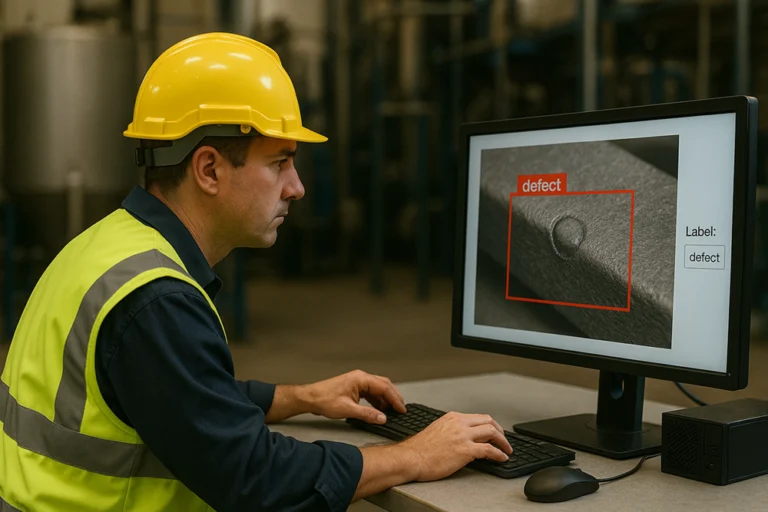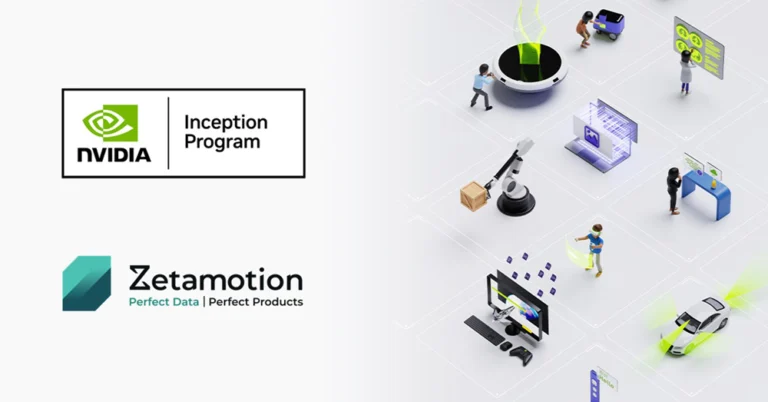In modern manufacturing, the pressure to deliver flawless products at speed has never been greater. Traditional inspection methods, reliant on human judgment or rigid rule-based systems, struggle when faced with subtle inconsistencies and complex defects. This is where AI-powered quality inspection steps in. By combining advanced algorithms, synthetic data, and machine vision, AI is redefining what’s possible—catching defects once deemed undetectable and transforming inspection from a bottleneck into a source of strategic advantage.
Why Traditional Inspection Falls Short
Complex Defects Go Undetected
Manual and rules-based inspections often miss micro-defects that compromise structural integrity or aesthetics. In sectors like aerospace and automotive, even a tiny undetected crack or bubble can lead to costly recalls or safety risks.
Variability in Production
Manufacturing lines face constant shifts—temperature, material changes, machine wear. Traditional systems lack adaptability, meaning errors slip through or inspections lag behind production speed.
Speed and Scalability Challenges
Manual checks are slow, inconsistent, and exhausting. Scaling them across multiple products or factories is nearly impossible without draining manpower and budget.
These challenges echo across industries. A Reddit analysis showed manufacturers frequently debate what qualifies as a defect, face ROI pressures to deliver payback under 12 months, and worry about losing defect-detection knowledge as veteran inspectors retire.
How AI Overcomes These Barriers
Advanced Algorithms for Subtle Defects
AI systems continuously learn from new inspection data, identifying faint patterns invisible to the human eye. For example, Zetamotion’s deployment at Aviation Glass detected 42,612 defects across 1,045 composite panels, saving more than 500 hours of manual inspection time during the pilot phase.
Machine Vision at the Pixel Level
High-resolution imaging paired with AI enables inspection down to the smallest bubble, dust particle, or fiber strand. Unlike rigid rule-based setups, adaptive AI vision systems evolve as products or defect criteria change. Learn how Spectron uses machine vision and synthetic data to maintain accuracy in complex real-world conditions.
Real-Time Data and Feedback
AI delivers inspection results in microseconds, enabling instant feedback loops. This real-time capability prevents bottlenecks and ensures production health is continuously monitored, not just sampled. Explore how platform configuration and reporting supports seamless integration into live production.
Applications Across Industries
- Aerospace & Automotive – Ensuring critical safety parts meet uncompromising standards.
- Electronics & Semiconductors – Detecting microscopic flaws that can compromise entire boards.
- Luxury Manufacturing – As seen with Aviation Glass, where visual perfection is as important as structural safety.
- Food & Pharma – Spotting contaminants or irregularities to safeguard consumer health.
External studies confirm this shift. A Forbes Tech Council article highlights how AI adoption is reshaping operations across global factories, while McKinsey research notes its growing role in digitized quality control for life sciences.
Overcoming Industry Adoption Hurdles
Insights from client projects show consistent themes: manufacturers demand ROI in under 12 months, minimal onboarding, and compatibility with existing ERP or PLM systems. Zetamotion’s Spectron quality inspection platform addresses these by:
- Reaching 99.99% inspection accuracy within 24 hours of a new product scan.
- Requiring no massive defect datasets just a single onboarding scan.
- Integrating directly with production systems for defect mapping, reporting, and predictive insights.
For teams evaluating automation, a feasibility check is often the best next step to understand how inspection AI adapts to their unique environment.
The Future of AI Inspection
Looking ahead, we can expect inspection to evolve toward:
- 3D defect visualization through augmented reality.
- Predictive inspection, where defects are not only detected but prevented by correlating real-time production data.
- Sustainable manufacturing gains through reduced waste, higher yields, and lower energy usage.
AI won’t eliminate human expertise—it will shift its focus. Inspectors will spend less time straining over products and more time interpreting data, refining tolerances, and guiding continuous improvement.




